
How to Use GNSS L86: Examples, Pinouts, and Specs
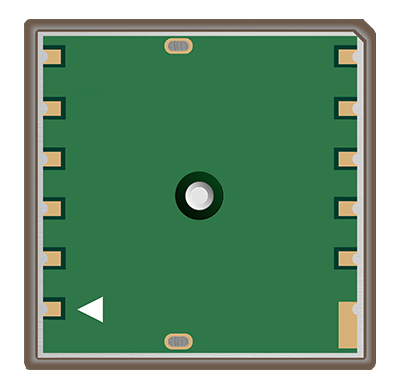
 Design with GNSS L86 in Cirkit Designer
Design with GNSS L86 in Cirkit DesignerIntroduction
The GNSS L86, manufactured by Quectel (Part ID: L86-M33), is a compact and high-performance Global Navigation Satellite System (GNSS) receiver module. It supports multiple satellite systems, including GPS, GLONASS, and BeiDou, enabling accurate positioning and timing information. Designed for low power consumption, the L86 is ideal for portable and battery-operated devices.
Explore Projects Built with GNSS L86
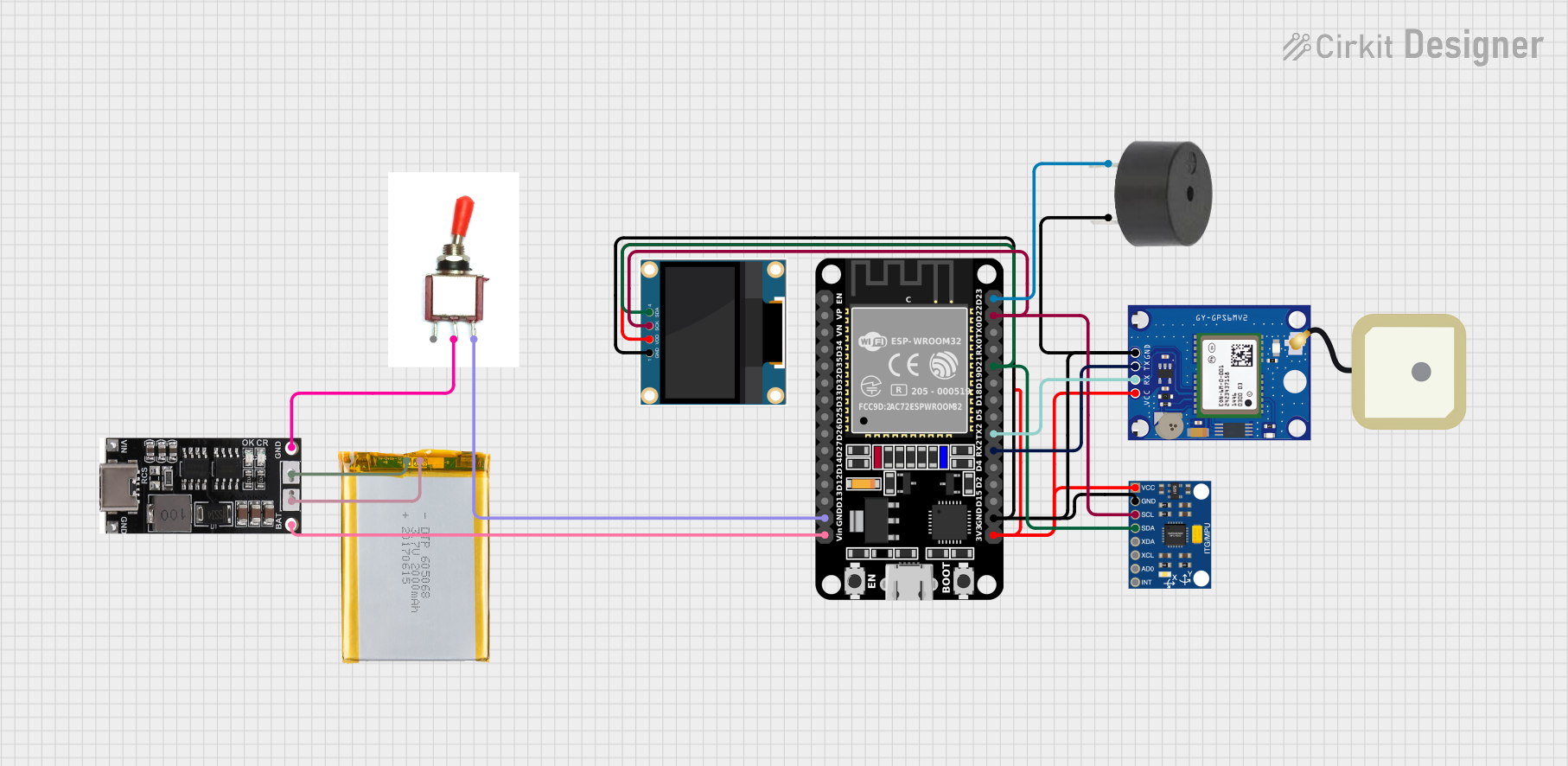
 Open Project in Cirkit Designer
Open Project in Cirkit Designer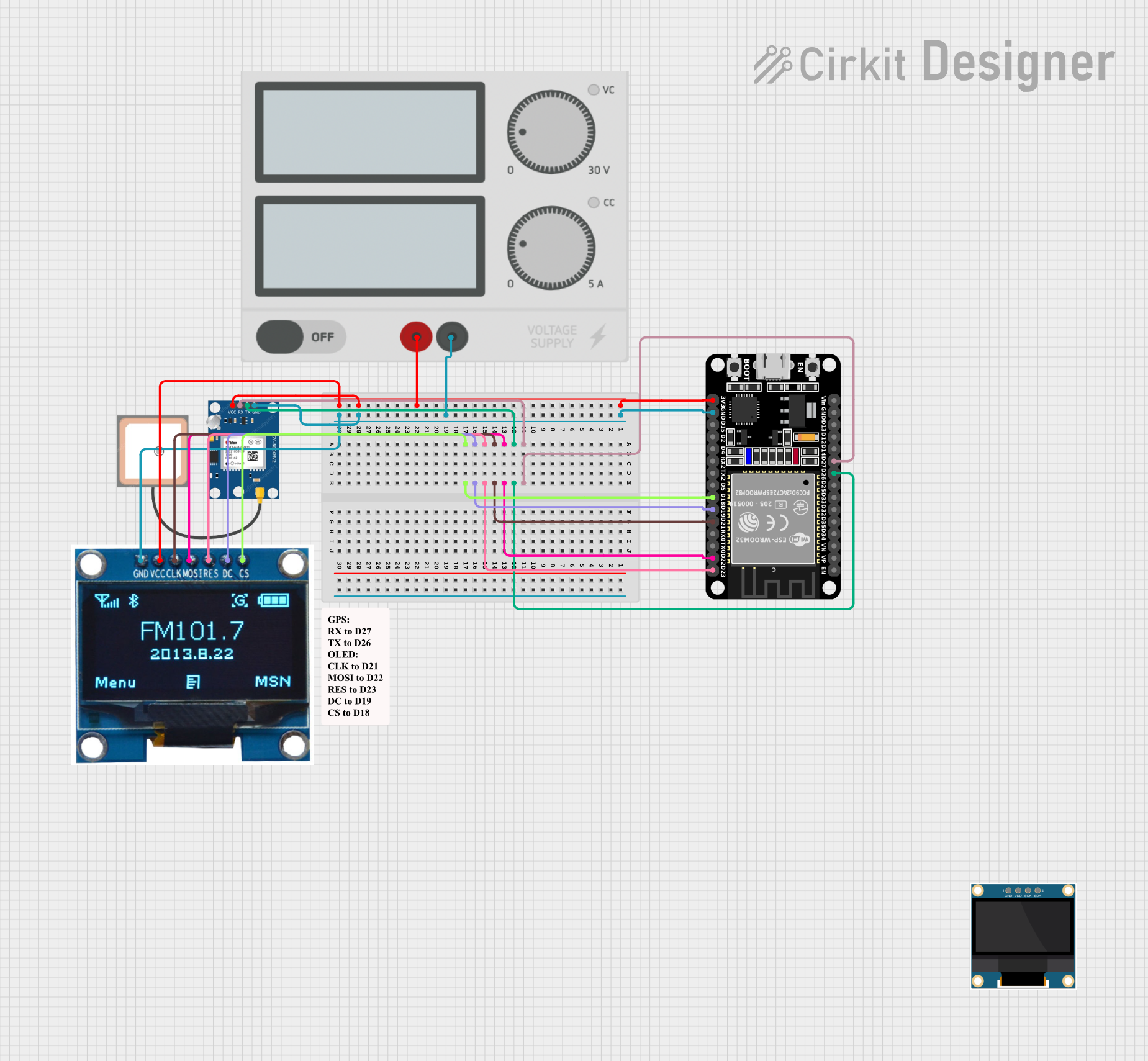
 Open Project in Cirkit Designer
Open Project in Cirkit Designer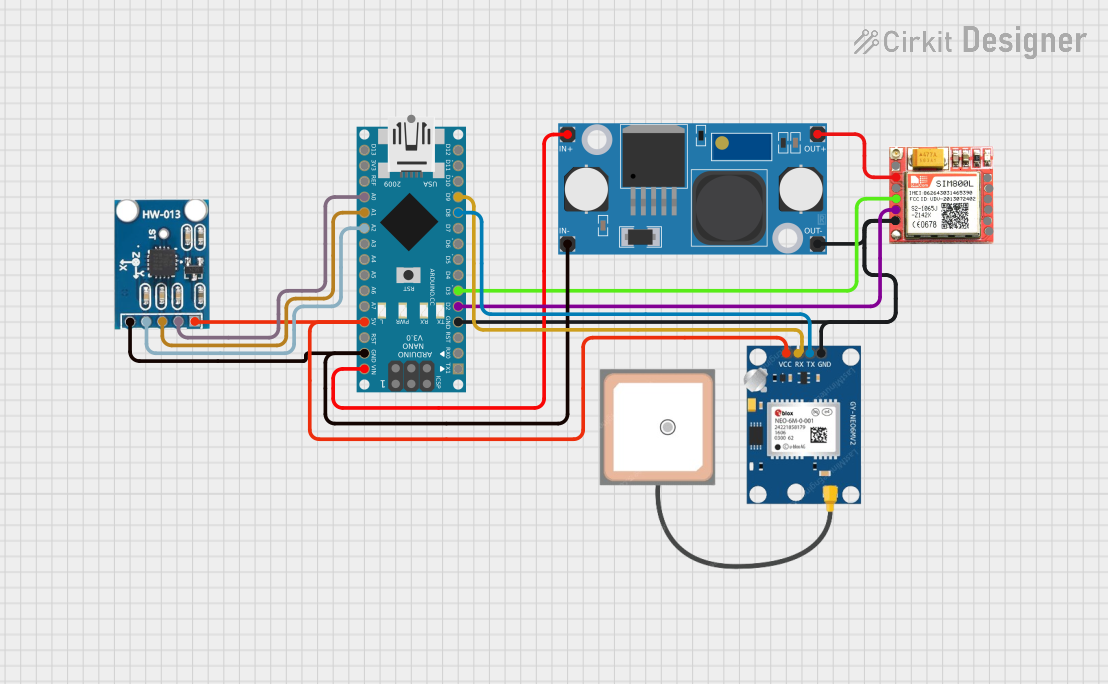
 Open Project in Cirkit Designer
Open Project in Cirkit Designer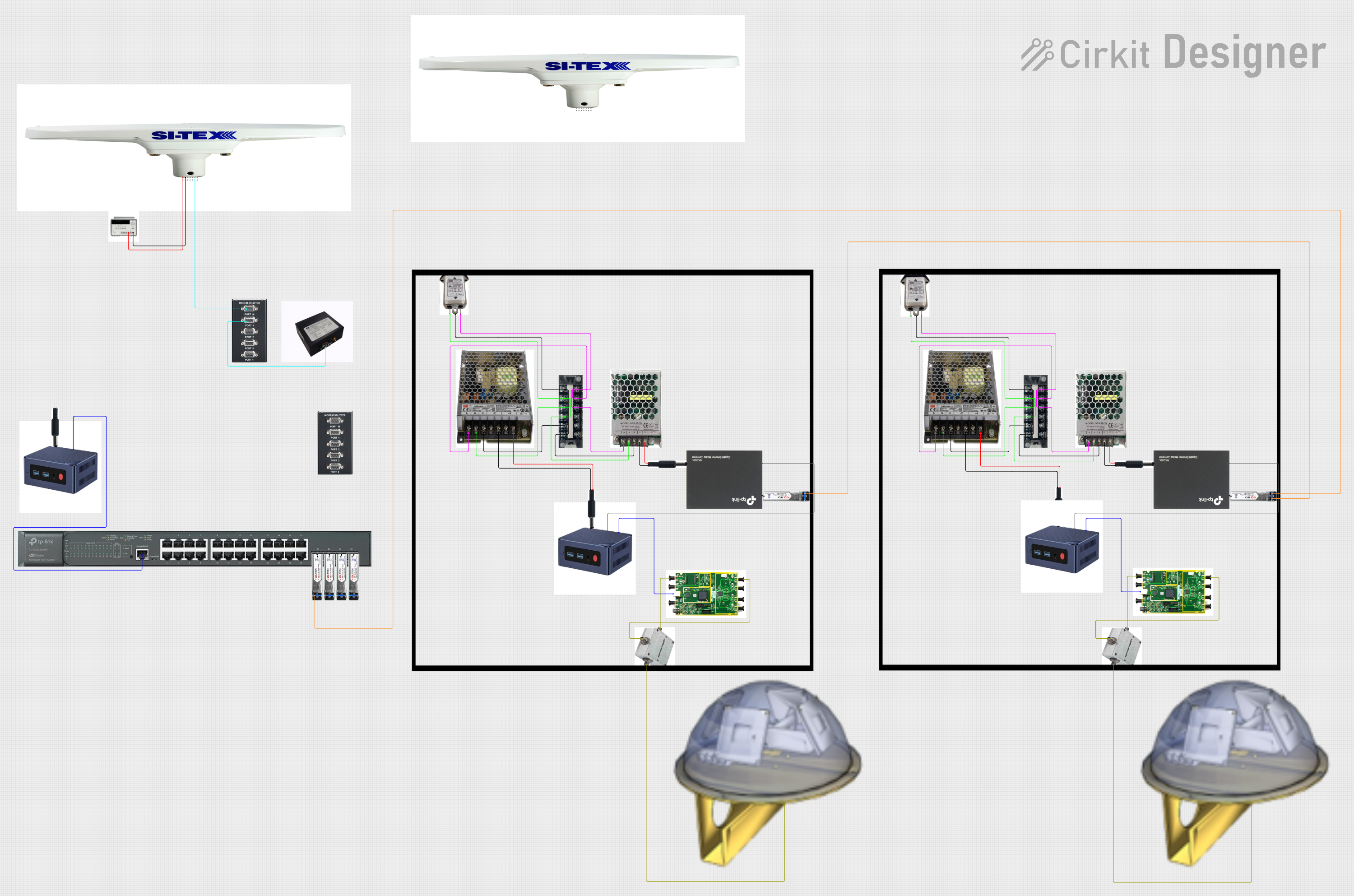
 Open Project in Cirkit Designer
Open Project in Cirkit DesignerExplore Projects Built with GNSS L86

 Open Project in Cirkit Designer
Open Project in Cirkit Designer
 Open Project in Cirkit Designer
Open Project in Cirkit Designer
 Open Project in Cirkit Designer
Open Project in Cirkit Designer
 Open Project in Cirkit Designer
Open Project in Cirkit DesignerCommon Applications
- Personal navigation devices
- Wearable technology
- Asset tracking systems
- IoT applications requiring precise location data
- Automotive navigation and fleet management
- Timing synchronization for communication systems
Technical Specifications
Key Technical Details
| Parameter | Specification |
|---|---|
| Manufacturer | Quectel |
| Part ID | L86-M33 |
| Satellite Systems | GPS, GLONASS, BeiDou |
| Positioning Accuracy | 2.5 meters CEP (Circular Error Probable) |
| Time to First Fix (TTFF) | Cold Start: 35s, Hot Start: 1s |
| Operating Voltage | 2.8V to 4.3V |
| Power Consumption | 20mA (tracking mode) |
| Operating Temperature | -40°C to +85°C |
| Dimensions | 16.0mm × 16.0mm × 6.45mm |
| Communication Interface | UART, I2C |
Pin Configuration and Descriptions
| Pin Number | Pin Name | Description |
|---|---|---|
| 1 | VCC | Power supply input (2.8V to 4.3V) |
| 2 | GND | Ground |
| 3 | TXD | UART Transmit Data |
| 4 | RXD | UART Receive Data |
| 5 | PPS | Pulse Per Second output for timing |
| 6 | SDA | I2C Data Line |
| 7 | SCL | I2C Clock Line |
| 8 | ANT_IN | External antenna input |
Usage Instructions
How to Use the GNSS L86 in a Circuit
- Power Supply: Connect the VCC pin to a stable power source (2.8V to 4.3V) and the GND pin to the ground of the circuit.
- Communication Interface:
- For UART communication, connect the TXD and RXD pins to the corresponding UART pins of your microcontroller.
- For I2C communication, connect the SDA and SCL pins to the I2C bus of your microcontroller.
- Antenna: Attach an external active antenna to the ANT_IN pin for optimal signal reception.
- PPS Signal: Use the PPS pin for precise timing synchronization if required by your application.
Important Considerations and Best Practices
- Antenna Placement: Ensure the external antenna has a clear view of the sky for optimal satellite reception.
- Power Supply: Use a low-noise power supply to avoid interference with GNSS signals.
- UART/I2C Configuration: Configure the communication interface (baud rate, address, etc.) according to your microcontroller's requirements.
- Startup Time: Allow sufficient time for the module to acquire satellite signals during a cold start.
Example: Connecting GNSS L86 to Arduino UNO
Below is an example of how to interface the GNSS L86 with an Arduino UNO using UART communication.
Circuit Connections
| GNSS L86 Pin | Arduino UNO Pin |
|---|---|
| VCC | 3.3V |
| GND | GND |
| TXD | Pin 10 (RX) |
| RXD | Pin 11 (TX) |
| ANT_IN | External Antenna |
Arduino Code Example
#include <SoftwareSerial.h>
// Define RX and TX pins for SoftwareSerial
SoftwareSerial GNSS(10, 11); // RX = Pin 10, TX = Pin 11
void setup() {
Serial.begin(9600); // Initialize Serial Monitor
GNSS.begin(9600); // Initialize GNSS module communication
Serial.println("GNSS L86 Module Test");
}
void loop() {
// Check if data is available from the GNSS module
if (GNSS.available()) {
// Read data from GNSS module and send it to Serial Monitor
while (GNSS.available()) {
char c = GNSS.read();
Serial.print(c);
}
}
}
Troubleshooting and FAQs
Common Issues and Solutions
No Satellite Fix:
- Cause: Poor antenna placement or obstruction.
- Solution: Place the antenna in an open area with a clear view of the sky.
No Data Output:
- Cause: Incorrect UART/I2C configuration.
- Solution: Verify the baud rate (default: 9600) and ensure proper wiring.
High Power Consumption:
- Cause: Module operating in high-performance mode.
- Solution: Use power-saving modes if supported by your application.
Intermittent Signal Loss:
- Cause: Electromagnetic interference or weak signal.
- Solution: Shield the module from interference and use a high-gain antenna.
FAQs
Q1: Can the GNSS L86 operate without an external antenna?
A1: No, the GNSS L86 requires an external active antenna for optimal performance.
Q2: What is the default communication protocol?
A2: The default communication protocol is UART with a baud rate of 9600.
Q3: Can the module be used indoors?
A3: While the module can operate indoors, signal reception may be significantly degraded. Use it in open areas for best results.
Q4: How can I reduce power consumption?
A4: Implement power-saving modes and ensure the module is only active when needed.